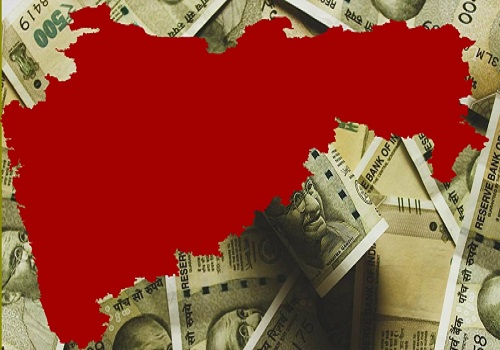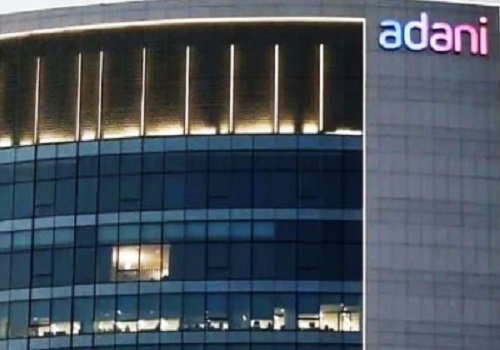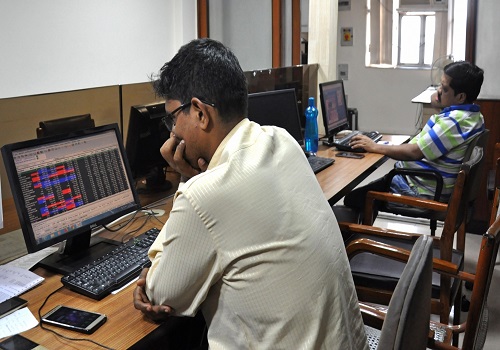Infra push, not populism behind Maharashtra`s rising Rs 7.07 tn debt

Months after the ruling Shiv Sena-Bharatiya Janata Party regime presented its maiden budget (2023-2024), Maharashtras financial health continues to cause concern, though it's not yet on a ?ventilator like some other states.
After grappling with the deadly coronavirus pandemic and post-lockdowns that wreaked havoc on the state economy, revenues and expenses as most resources were diverted to the health sector, the budgetary train is now limping back on the tracks.
This year, the state's debt burden is set to soar to Rs 7.07 lakh crore, among the highest in the country, but the state has justified this for its focus on infrastructure modernisation as one of the main reasons for the hike in its borrowings.
However, the state's Total Debt Stock constitutes around 18.23 percent of the SGDP and is well within the stipulation that borrowings must remain below 25 percent of SGDP, according to the Fiscal Policy Strategy Statement.
Economic experts like Dr Ratnakar Mahajan, a former executive chairman of the Maharashtra State Planning Board, says that though appearing daunting, the debt figures, (around Rs 7.07 lakh crore), are actually an accumulation of the past many years owing to various factors, with an average increase of around Rs 65,000 crore annually.
Luckily, there are no major money guzzler ?populist schemes' operating in the state, barring the ?Shiv Bhojan Thali' that was introduced during the pandemic lockdown and proved to be a life-saver for many.
As per official data, this year (2023-2024), the fiscal deficit is expected to reduce to 2.5 percent of the state's GDP (Rs 95,501 crore) against the previous year's (2022-2023) revised estimates of 2.7 percent of SGDP, which was higher than the budget estimates of 2.5 percent.
The total expenditure this year (2023-2024), exclusive debt repayments is expected to be Rs 547,450 crore -- an increase of 3.6 percent over the revised estimates of the previous year (2022-2023), plus a debt of Rs 54,558 crore which will be repaid by the state.
This spend is proposed to be met through receipts (excludes borrowings) of Rs 451,949 crore and net borrowings of Rs 76,649 crore.
The total receipts for this fiscal (2023-2024) other than borrowings are slated to register an increase of 4.3 percent of the revised estimates of 2022-2023.
This year's revenue deficit is estimated to be around 0.4 percent of SGDP or Rs 16,122 crore -- lower than the revised estimates of 0.6 percent (2022-2023) of SGDP, but the revenue deficit is lower than the budget estimate (0.7 percent of SGDP) last year.
At current prices, the SGDP of the state for 2023-2024 is projected at Rs 38,79,792 crore, spelling a growth of 10 percent over the previous year (2022-2023).
The receipts for 2023-2024 are estimated to stand at Rs 451,949 crore - an increase of 4.5 percent compared to the revised estimates of 2022-2023, when the receipts (excluding borrowings) were expected to increase by Rs 27,497 crore, on an increase of 6.8 percent at the revision stage.
Dr Mahajan added that in the past one of the factors responsible for the growing fiscal burden was short-term finances raised at higher rates of interest -- like availing a three-year loan at 11 percent interest.
Some previous governments managed to skirt this by restructuring the old loans at lower interest rates for a longer period, which not only eased the burden but spread it over a number of years with lesser impact.
Additionally, whenever any state government initiates new or mega projects, then it also becomes the duty of the next regime to carry it ahead with adequate budgetary provisions, adding to the burden each successive year.

.jpg)
.jpg)
.jpg)





















